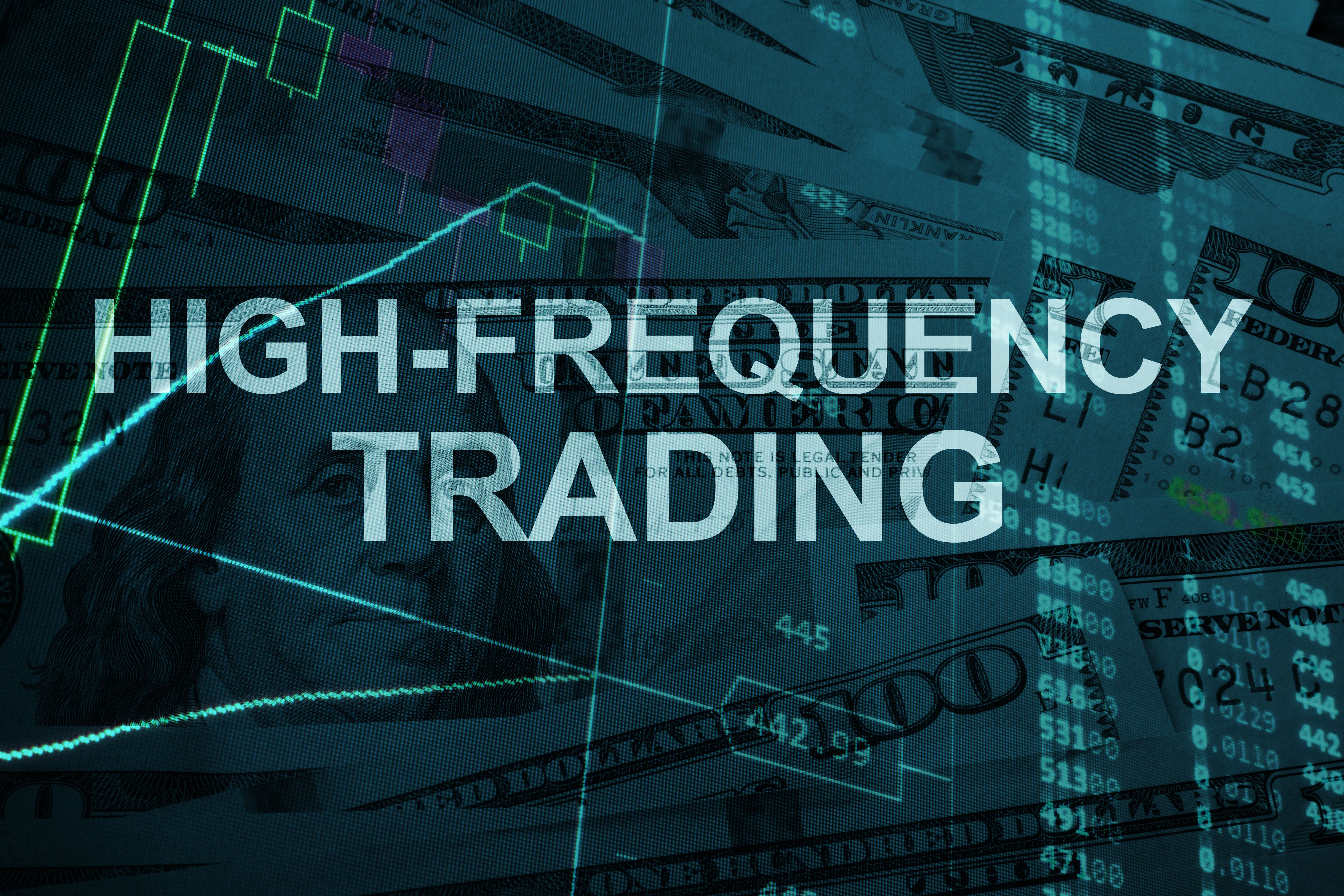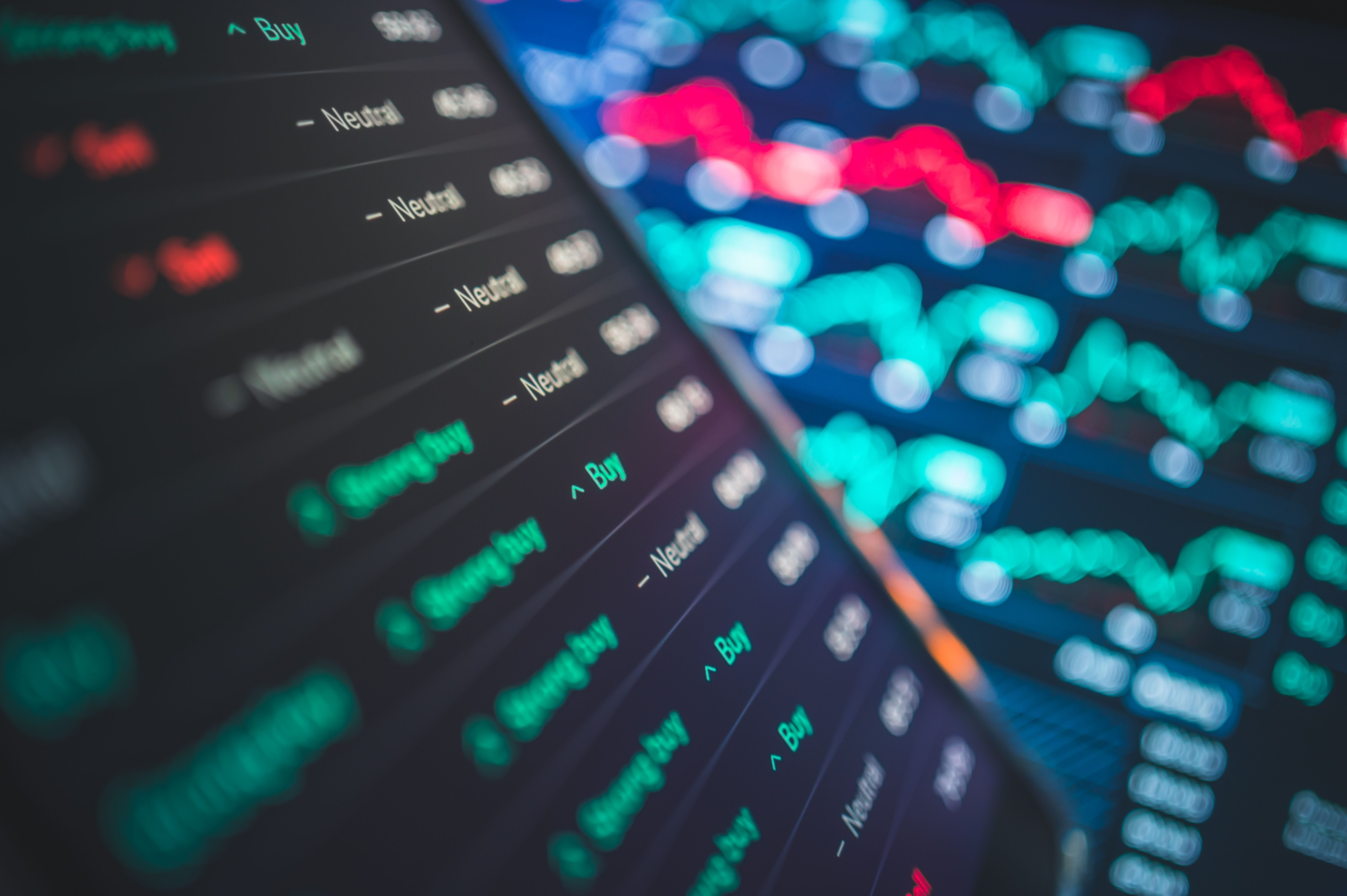Why Manual Arbitrage Fails: The Case for Automated Trading
Understanding Manual Arbitrage
Manual arbitrage involves the practice of buying and selling assets across different markets to exploit price differences. Traders manually identify opportunities and execute trades to capitalize on these discrepancies. While this method has been used for decades, the advent of technology has exposed its limitations and inefficiencies.
The primary allure of manual arbitrage lies in its simplicity. Traders rely on their instincts, experience, and basic tools to spot price differences. However, as markets evolve and become more dynamic, the limitations of this approach have become increasingly apparent.

The Inefficiencies of Manual Trading
One of the most significant drawbacks of manual arbitrage is the time-consuming nature of the process. Identifying opportunities requires constant monitoring of multiple markets, which can be overwhelming and lead to missed opportunities. Human traders simply cannot match the speed and precision of automated systems.
Moreover, manual trading is susceptible to human error. Decisions made under pressure can result in costly mistakes. The emotional aspect of trading can also cloud judgment, leading to suboptimal trades. These factors contribute to the declining effectiveness of manual arbitrage in modern markets.
Market Volatility and Speed
Today's financial markets are characterized by high volatility and rapid price changes. Manual traders often struggle to keep up with the fast-paced nature of these markets. By the time a manual trader identifies a price discrepancy, automated systems may have already executed dozens of trades.

The Rise of Automated Trading
Automated trading systems have revolutionized the way arbitrage is conducted. These systems use sophisticated algorithms to continuously scan multiple markets, identify price differences, and execute trades within milliseconds. This speed and efficiency are unattainable with manual trading.
Automated trading also eliminates human error and emotional bias. Algorithms make decisions based on data-driven insights, ensuring consistency and accuracy in trade execution. This reliability is a significant advantage in today's competitive trading environment.
The Benefits of Automation
- Speed: Automated systems can execute trades in milliseconds, capturing opportunities that manual traders would miss.
- Accuracy: Algorithms are not influenced by emotions, leading to more consistent and accurate trade execution.
- Scalability: Automated systems can monitor multiple markets simultaneously, increasing the potential for profit.

Conclusion: The Future of Arbitrage
As financial markets continue to evolve, the advantages of automated trading over manual arbitrage become increasingly clear. The speed, accuracy, and efficiency of automated systems provide a competitive edge that manual traders cannot match.
While manual arbitrage may still hold some nostalgic appeal, the future lies in embracing technology and automation. Traders who adapt to these changes are more likely to succeed in capturing profitable opportunities in the complex world of modern finance.
